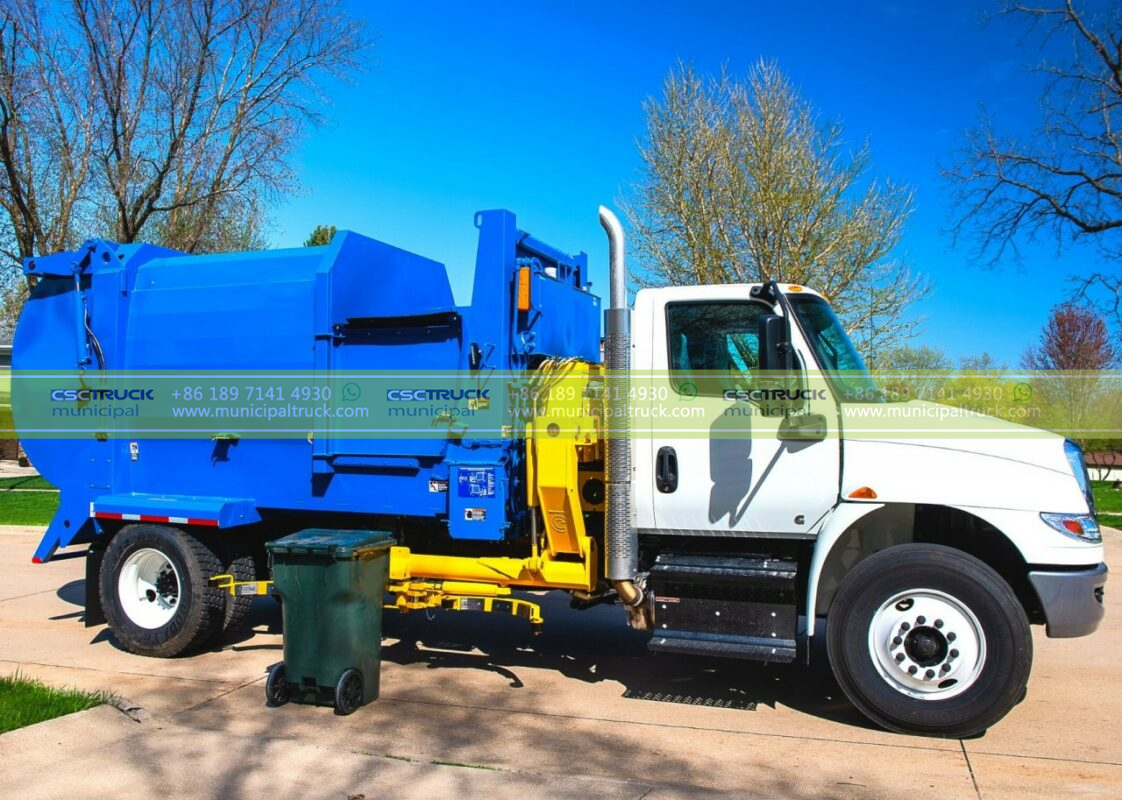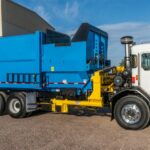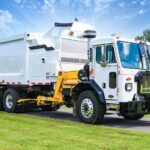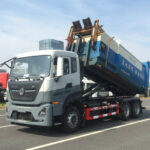Garbage trucks have become an integral part of our modern cities, ensuring that waste is efficiently collected and disposed of. Over the years, these vehicles have evolved to incorporate various technological advancements to make the process more effective and environmentally friendly. One notable innovation that has revolutionized garbage collection is the introduction of the mechanical arm, also known as the automated side loader (ASL) or the robotic arm. This article delves into the history of garbage trucks and explores when and how they got this essential feature.
To understand the evolution of garbage trucks, we need to take a trip back in time to the early days of waste management. In the past, garbage collection was a labor-intensive task, relying on human workers who manually picked up trash cans or bins and emptied them into the truck. This method had its limitations, as it required a considerable workforce, was time-consuming, and posed safety risks for the workers. The need for a more efficient and automated solution became evident as urban areas grew and waste production increased.
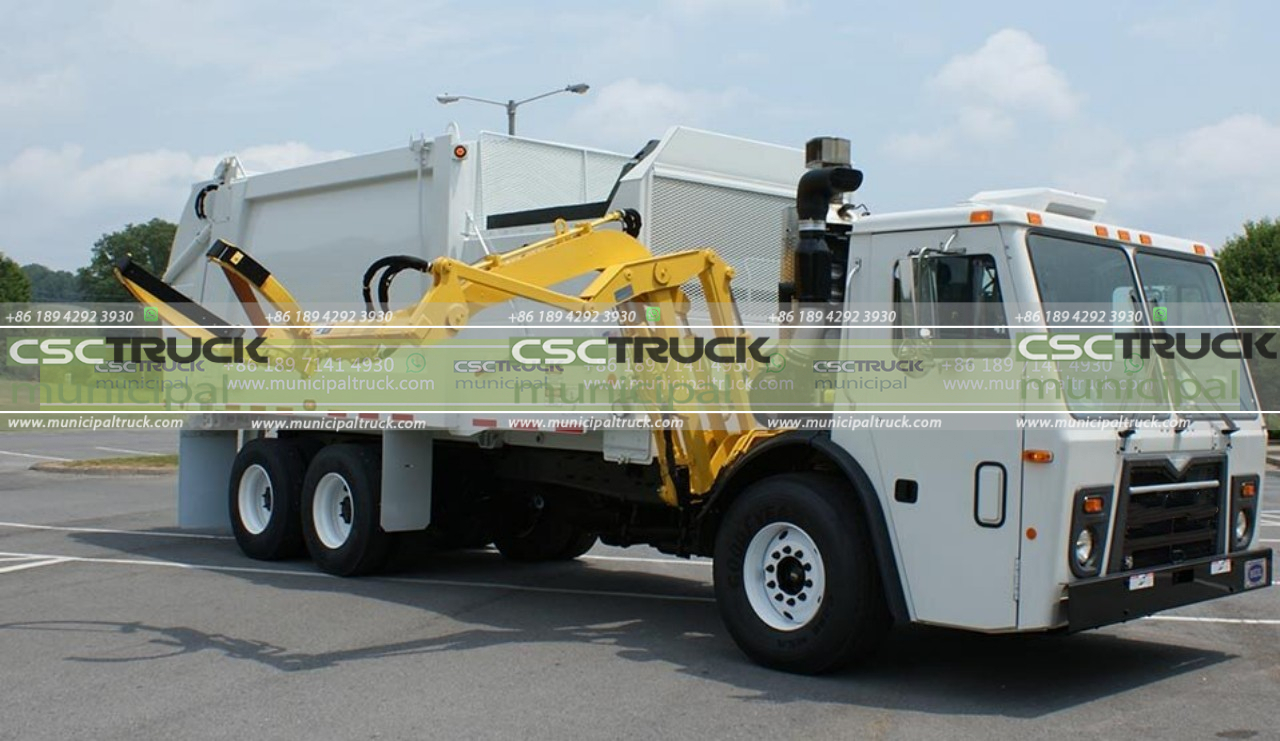
The first significant step toward mechanization in garbage collection came in the early 20th century with the introduction of the dump truck. Dump trucks were modified to include hydraulic systems that allowed the truck bed to tilt, making it easier to unload waste at the disposal site. This innovation significantly reduced the physical strain on workers and improved the efficiency of waste collection.
However, it wasn’t until the 1950s that the mechanical arm made its debut in the world of garbage trucks. The exact origin of the mechanical arm is a subject of debate, with various manufacturers claiming to be the pioneers in its development. Nevertheless, it was during this period that the automated side loader, featuring a hydraulic arm mounted on the side of the truck, started to gain traction.
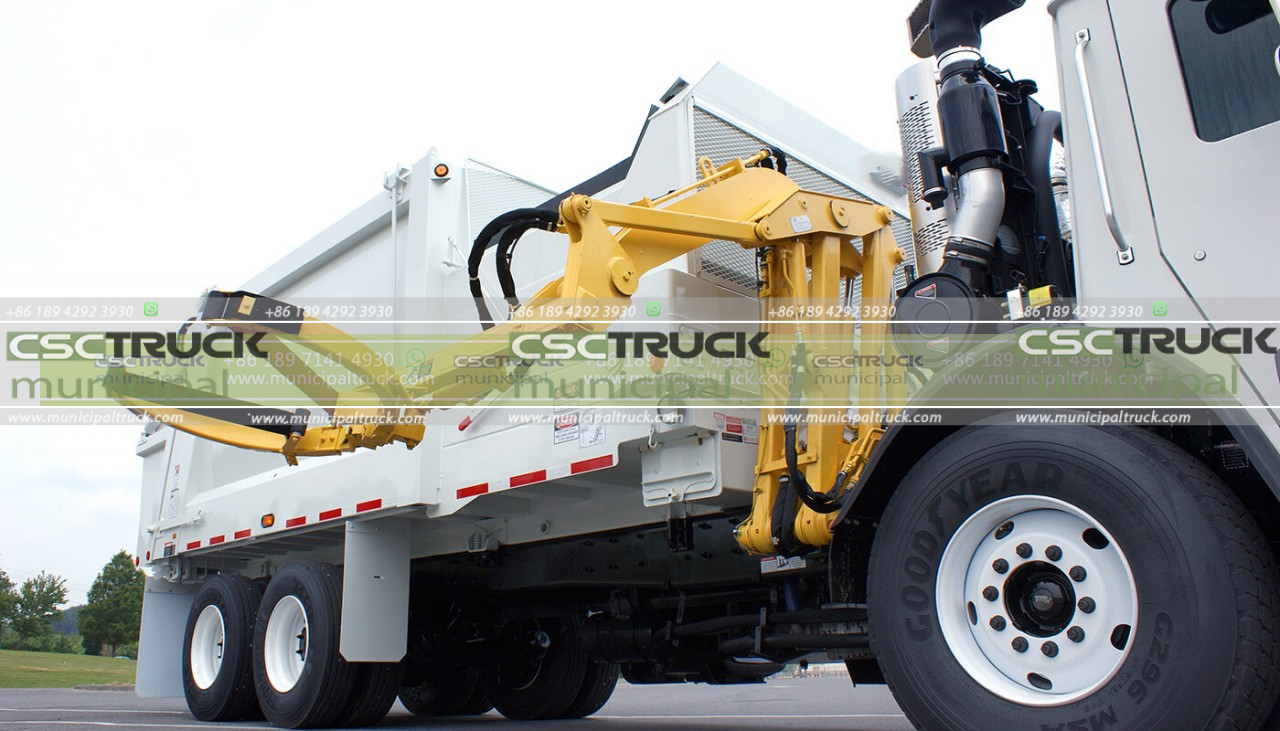
The mechanical arm revolutionized garbage collection by eliminating the need for manual labor. With the push of a button, the arm could lift empty bins into the truck’s hopper, drastically reducing the physical strain on workers and speeding up the collection process. This technology also improved safety by minimizing the risk of injuries associated with manual lifting.
As the years passed, the mechanical arm underwent further improvements. Initially, the arm could only handle one bin at a time, requiring the operator to maneuver the truck for each pickup. However, advancements in engineering and automation allowed for the development of multi-arm systems, enabling the truck to lift and empty multiple bins simultaneously. This innovation enhanced the efficiency of garbage collection greatly, especially in densely populated areas with high waste production.
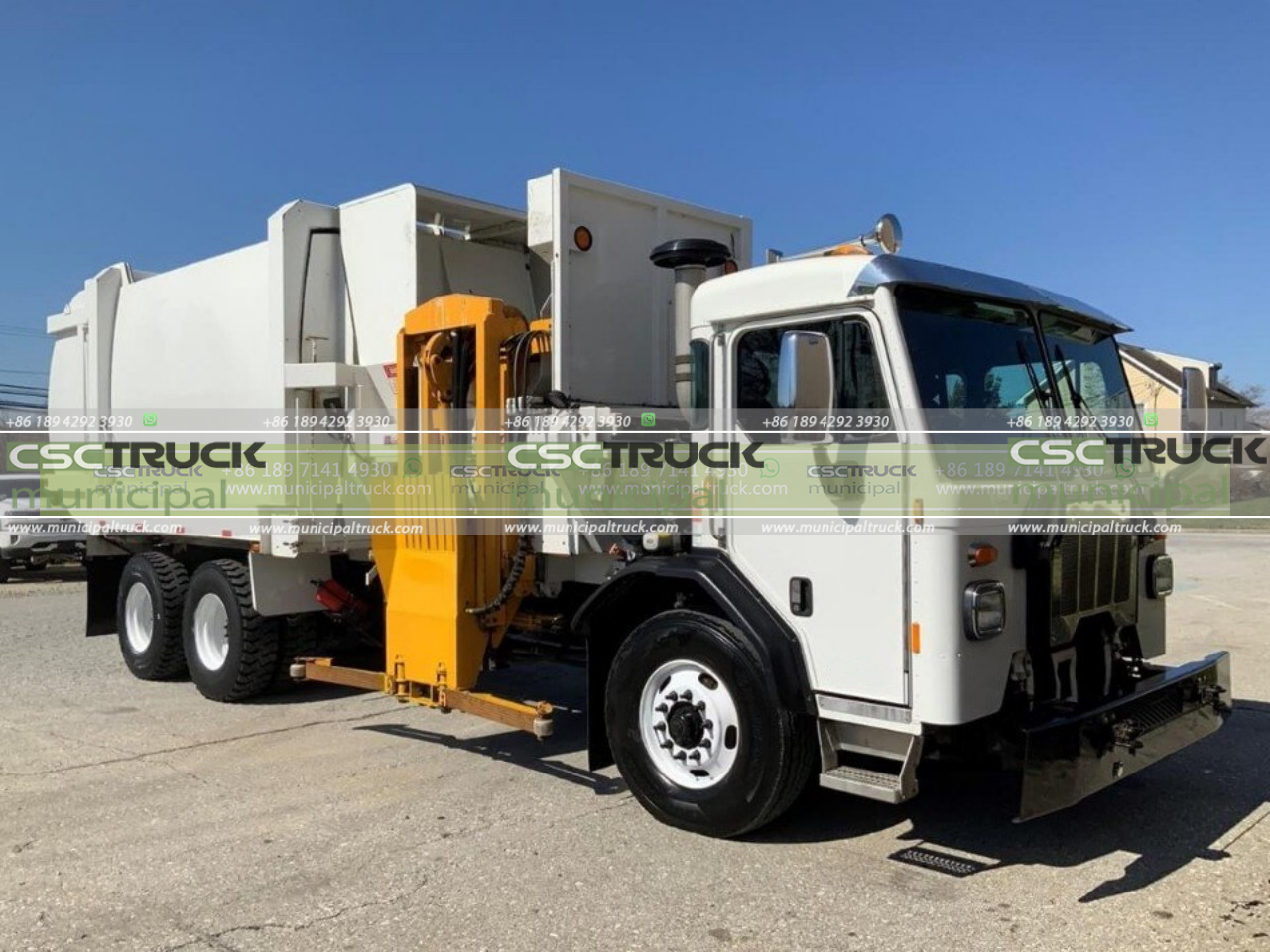
The introduction of the mechanical arm also brought environmental benefits. With precise control over the dumping process, the arm minimized spillage and prevented the scattering of waste, reducing the impact on the environment. Additionally, the automated collection method facilitated the implementation of recycling programs by enabling separate compartments for different types of waste within the truck.
Over time, the mechanical arm has become a standard feature in most modern garbage trucks. Manufacturers have continued to refine the technology, incorporating sensors, cameras, and advanced robotic systems to improve accuracy and efficiency. Some models even feature artificial intelligence algorithms that optimize waste collection routes and schedules, further reducing fuel consumption and greenhouse gas emissions.
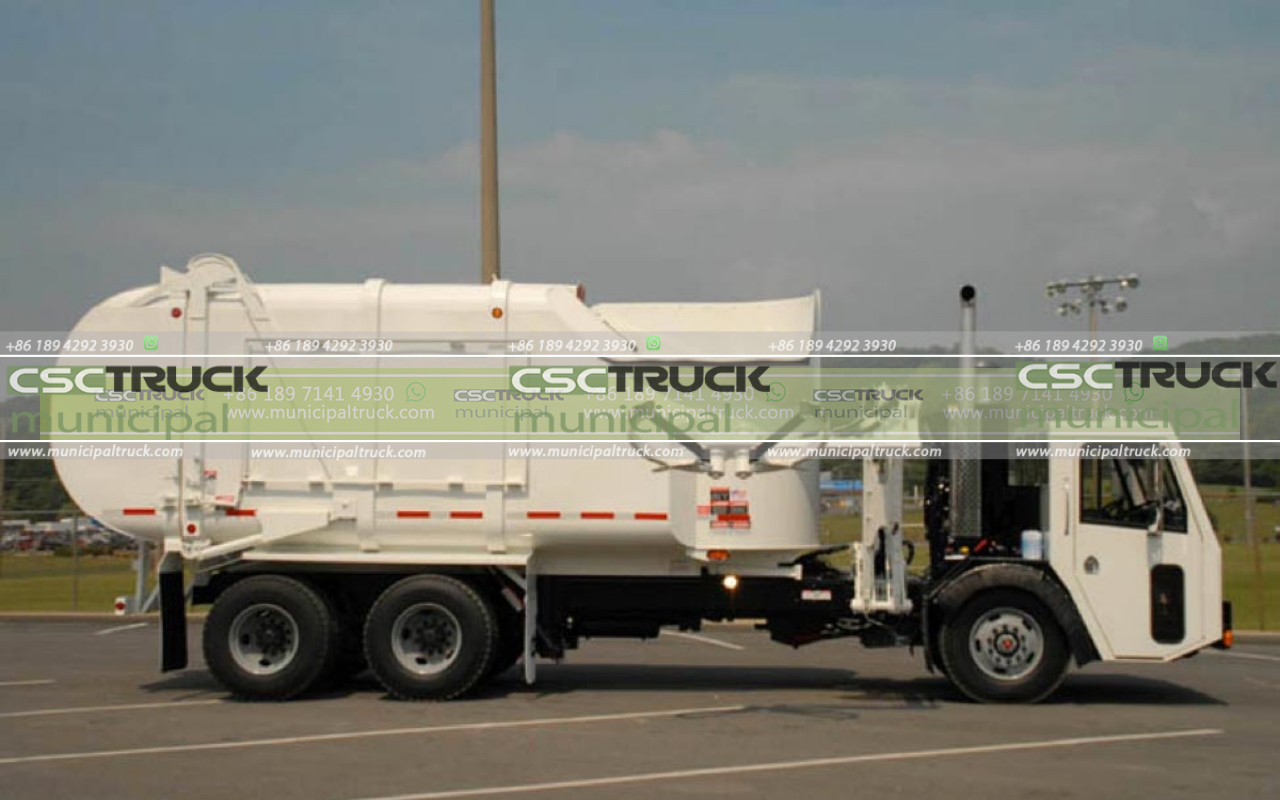
In recent years, the push for sustainable waste management has prompted further innovations in garbage truck design. Electric garbage trucks are gaining popularity, offering zero-emission solutions for waste collection. These electric vehicles often come equipped with a mechanical arm, combining the benefits of automation with environmental consciousness.
In conclusion, the introduction of the mechanical arm in garbage trucks marked a significant milestone in waste management history. While the exact origins of this innovation are debatable, it is clear that it revolutionized the industry. The mechanical arm eliminated the physical strain on workers, improved efficiency, enhanced safety, and minimized environmental impact. Over time, advancements in technology have further refined the mechanical arm, improving its capabilities and integrating it with other cutting-edge features. Today, the mechanical arm has become a standard feature in modern garbage trucks, streamlining the waste collection process in cities around the world.
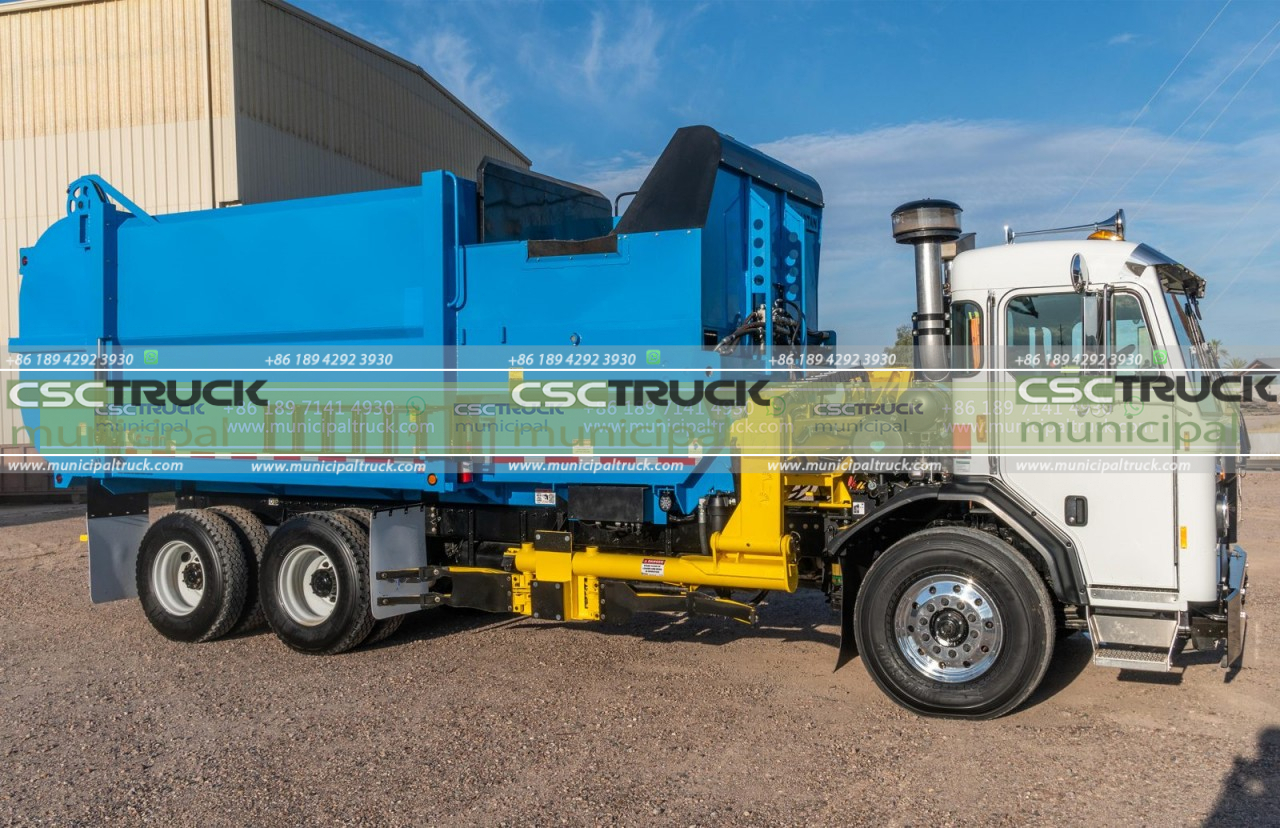
The evolution of the mechanical arm did not stop with its ability to lift and empty bins. Manufacturers have continued to push the boundaries of innovation, focusing on increasing automation and optimizing waste collection operations. One notable advancement is the integration of sensors and cameras in the mechanical arm system. These sensors allow for precise detection of bins, ensuring accurate pickup and preventing damage to both the bin and the truck. Cameras provide real-time feedback to the operator, aiding in maneuvering the arm and improving overall efficiency.
Another significant development is the incorporation of artificial intelligence (AI) algorithms in garbage trucks. By analyzing data on waste generation patterns, traffic conditions, and collection routes, AI algorithms can optimize the pickup schedule and route planning. This optimization reduces fuel consumption, minimizes the time spent on the road, and lowers the carbon footprint of garbage trucks. Moreover, AI algorithms enable adaptive learning, allowing the system to continuously improve its performance and adapt to changing waste management needs.
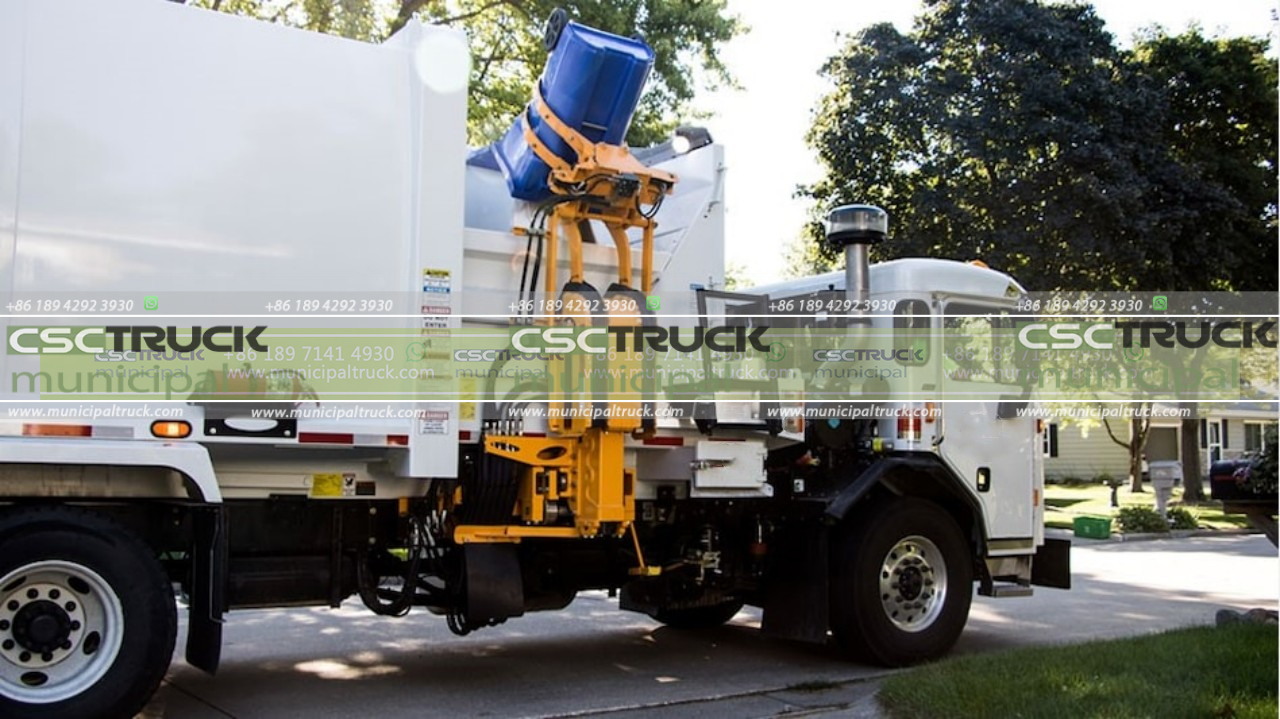
In recent years, the focus on sustainability has driven the emergence of electric garbage trucks. These vehicles combine mechanical arm technology with electric propulsion systems, offering zero-emission solutions for waste collection. Electric garbage trucks not only contribute to reducing greenhouse gas emissions and improving air quality but also provide quieter operation, particularly important in residential areas during early morning collections. The mechanical arm in electric trucks is powered by the onboard battery, further eliminating the need for fossil fuel consumption during waste collection.
Additionally, the concept of smart cities has paved the way for further advancements in garbage truck technology. Waste management systems are being integrated into city-wide networks, enabling real-time monitoring and data-driven decision-making. Garbage trucks equipped with sensors and GPS tracking systems can transmit data on their locations, fill levels, and operational status. This data can be utilized to optimize collection routes, identify areas with high waste generation, and ensure timely pickups. The integration of garbage trucks into the broader smart city infrastructure allows for a more efficient and sustainable waste management ecosystem.
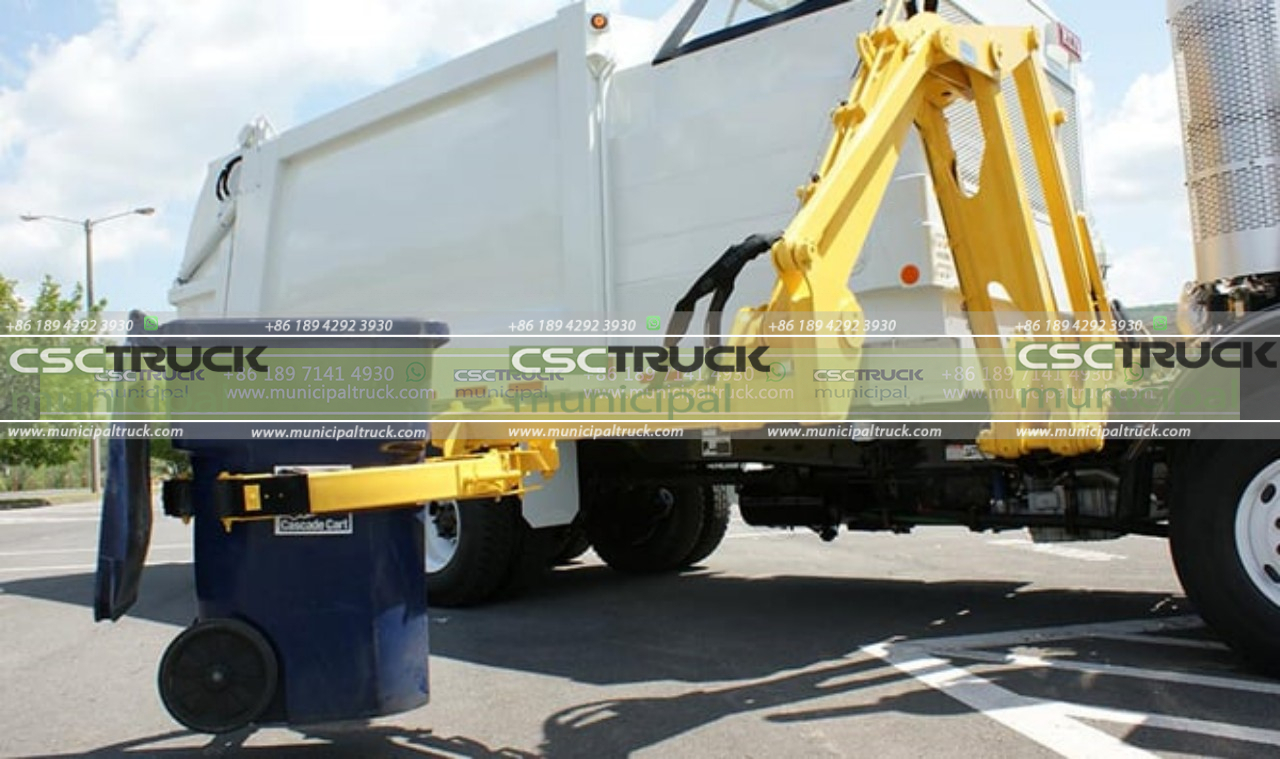
Looking ahead, the future of garbage trucks and the mechanical arm holds even more innovation potential. Advancements in robotics, materials, and AI are likely to lead to more efficient, autonomous, and environmentally friendly waste collection systems. We can expect to see further developments in the capabilities of the mechanical arm, such as increased flexibility and adaptability to handle various types of waste containers. Additionally, the integration of renewable energy sources, such as solar panels on the truck’s roof, may contribute to the self-sustainability of garbage trucks.
In conclusion, the introduction of the mechanical arm in garbage trucks was a game-changer in waste management. Its development and integration have brought about significant improvements in efficiency, safety, and environmental impact. From manual labor-intensive collection methods to automated and intelligent systems, the mechanical arm has transformed the way waste is managed in our cities. As technology continues to advance, we can expect further enhancements and innovations that will shape the future of garbage trucks and enable more sustainable and effective waste management practices.
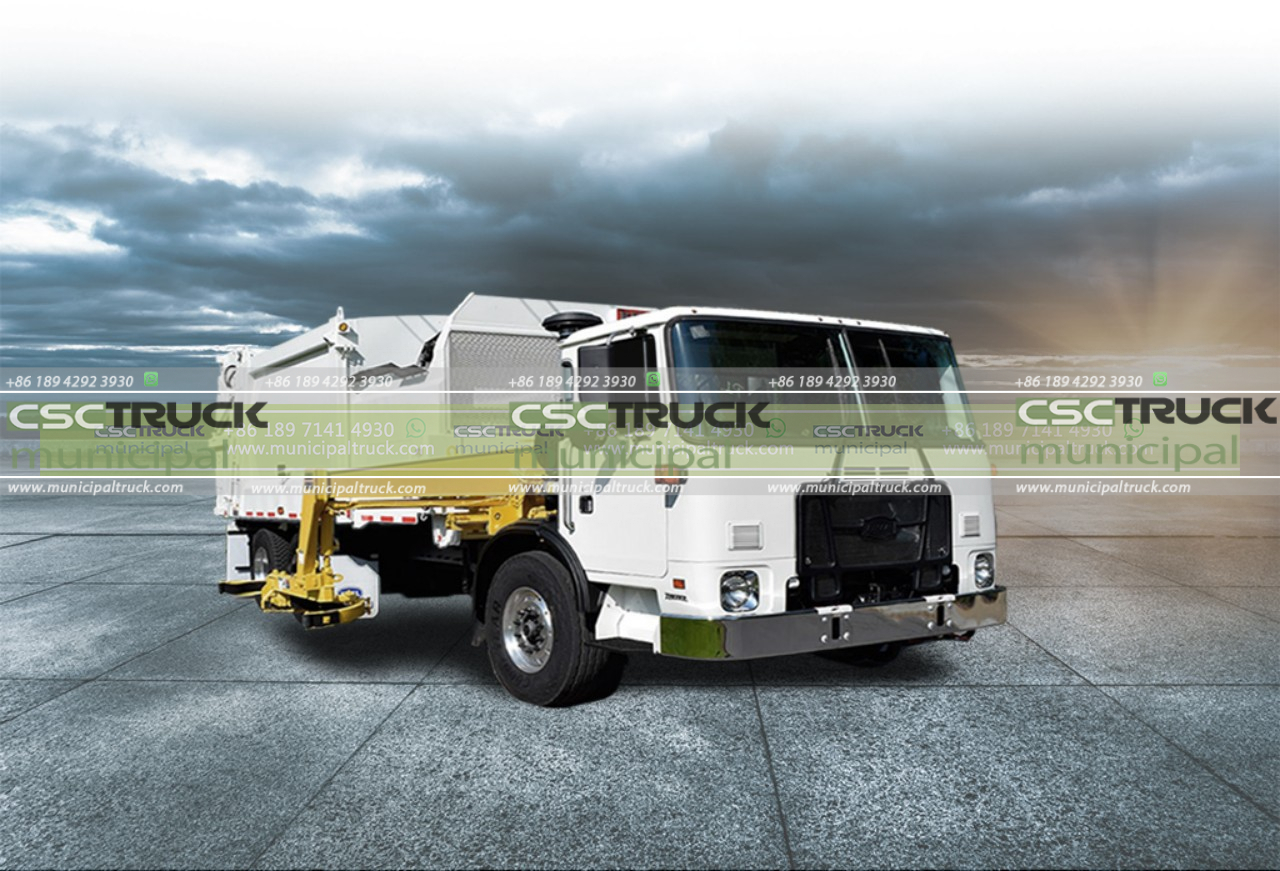
Contact us for this municipal truck or similar trucks: [email protected] Call us or What's APP us: +86 189 4292 3930

